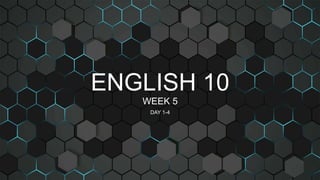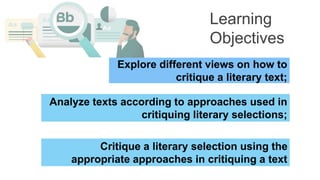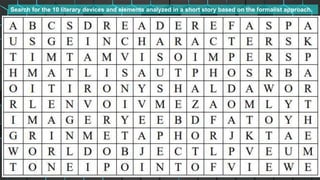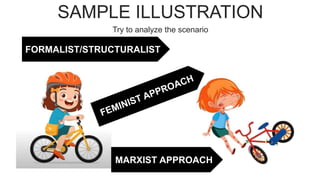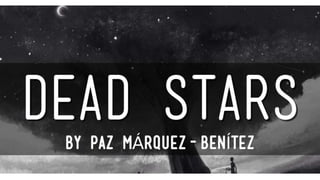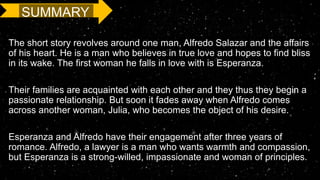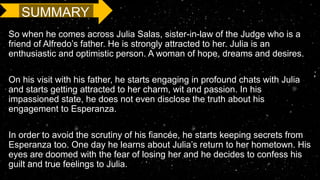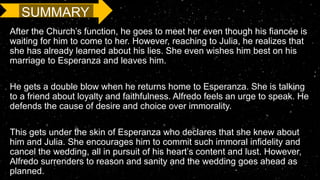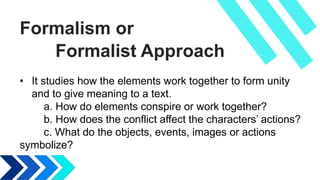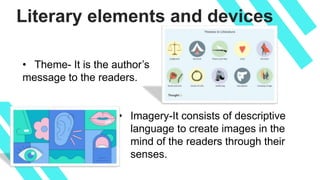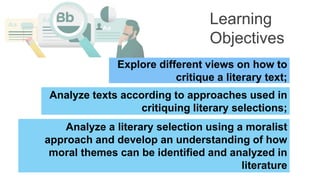The document provides an overview of how to critique a literary work using a moralist approach. This approach judges the value of literature based on the moral teachings and lessons that can be taken away from the text. When analyzing a work through this lens, readers consider the underlying moral or ethical issues presented, how the work explores these themes, and the overall message conveyed. A moralist critique is important as it allows readers to examine the cultural, social, and ethical implications of what they are reading in order to develop a deeper understanding of the author's message and values. It also encourages readers to consider how a work reflects the beliefs and attitudes of the time period
